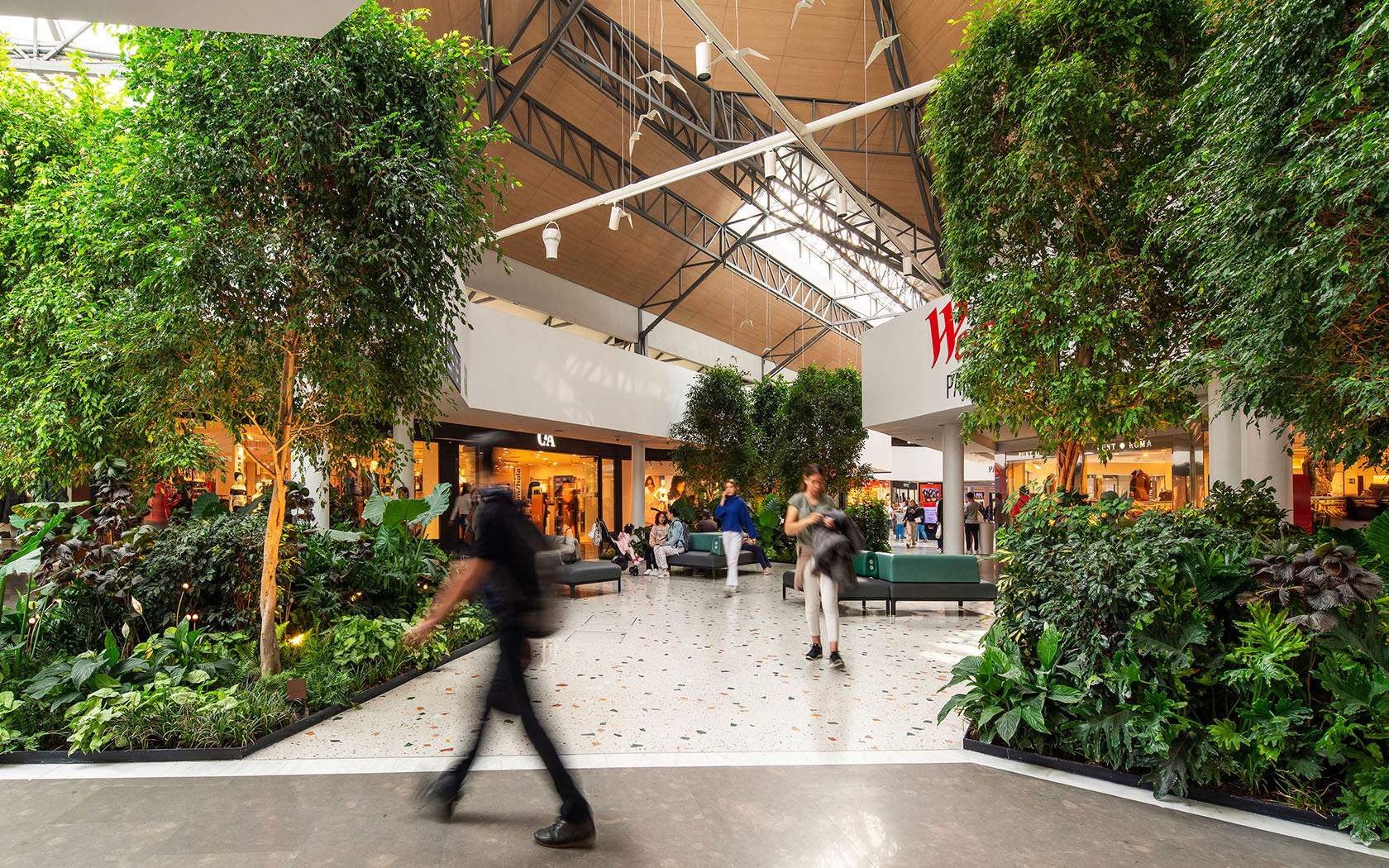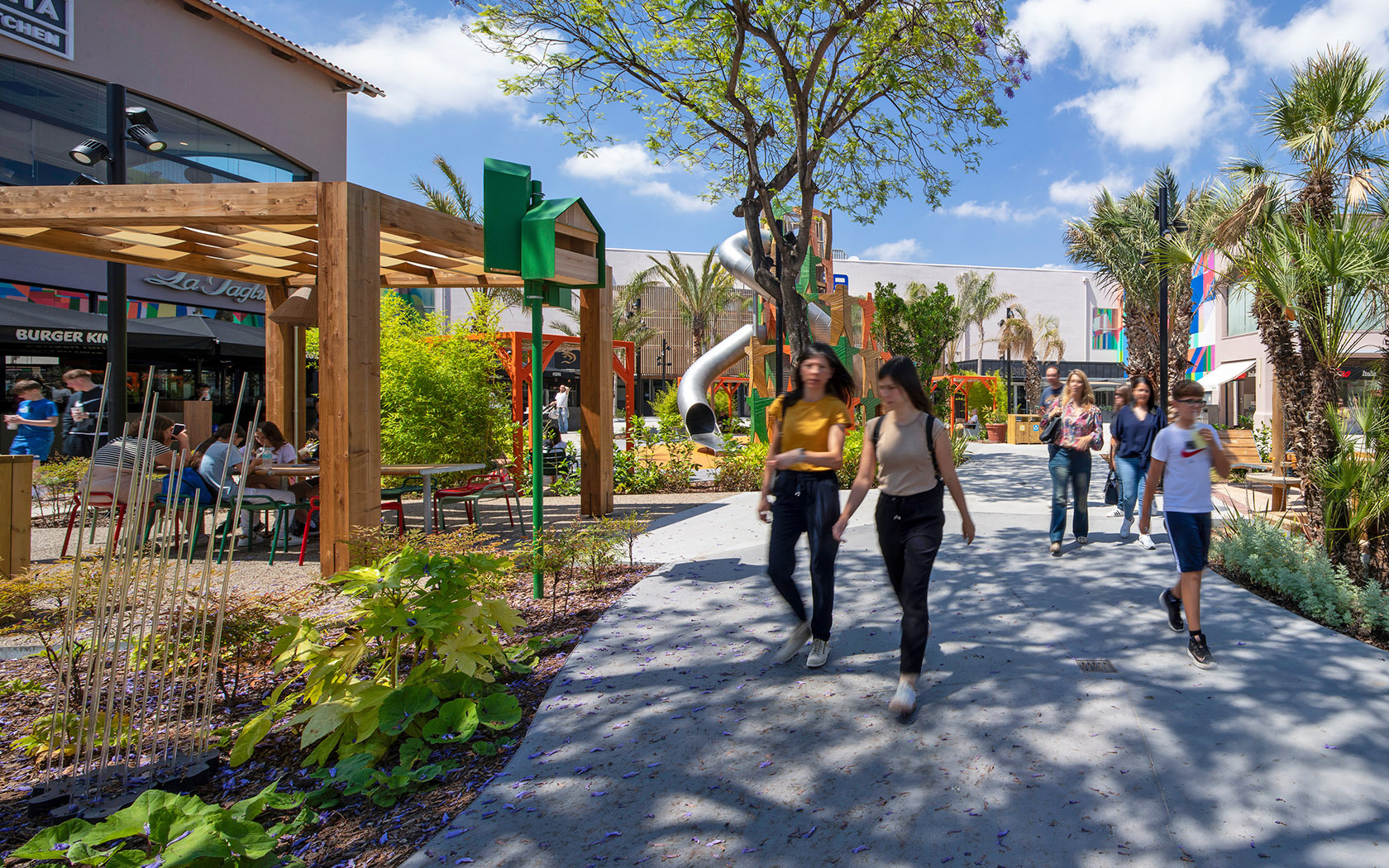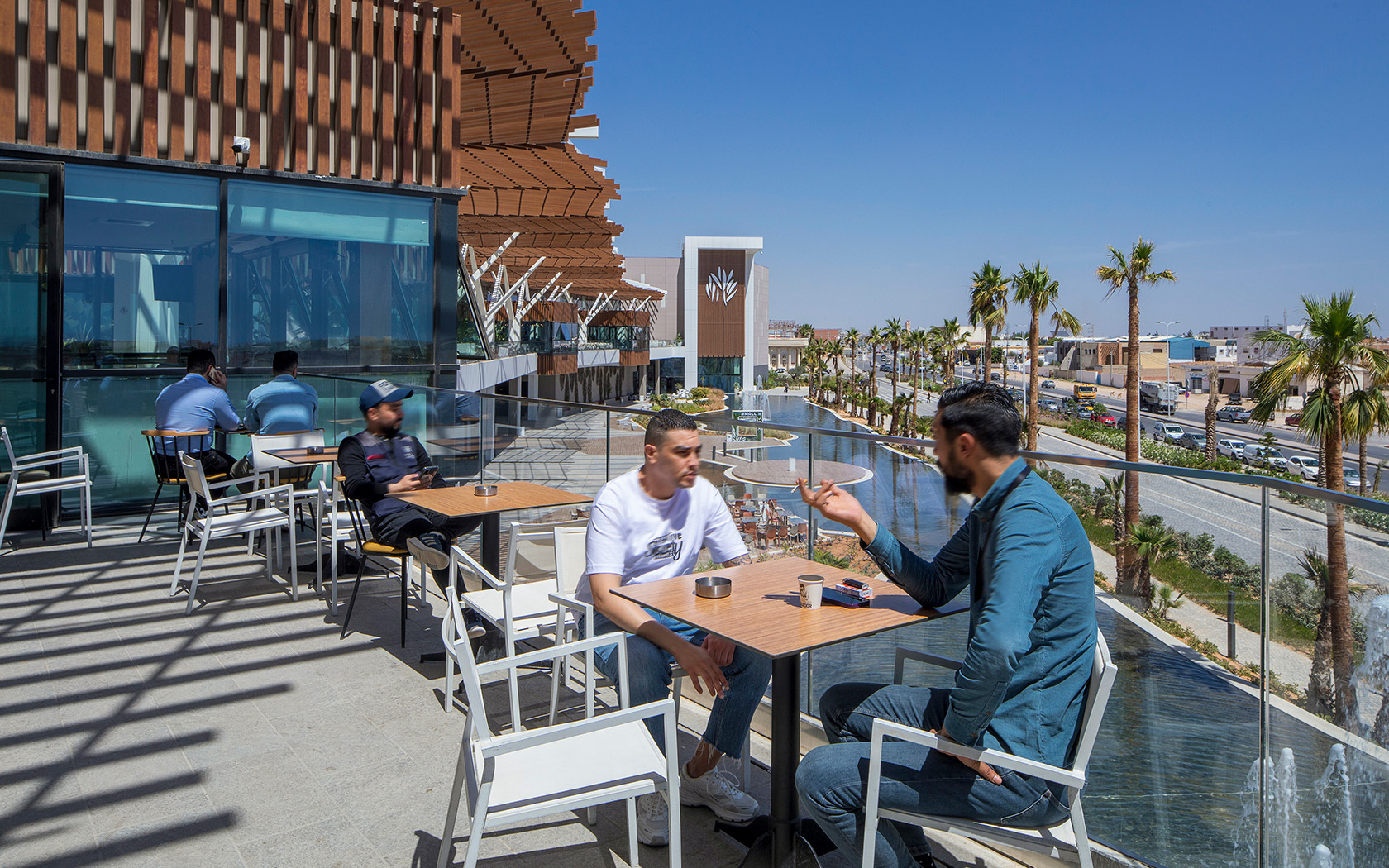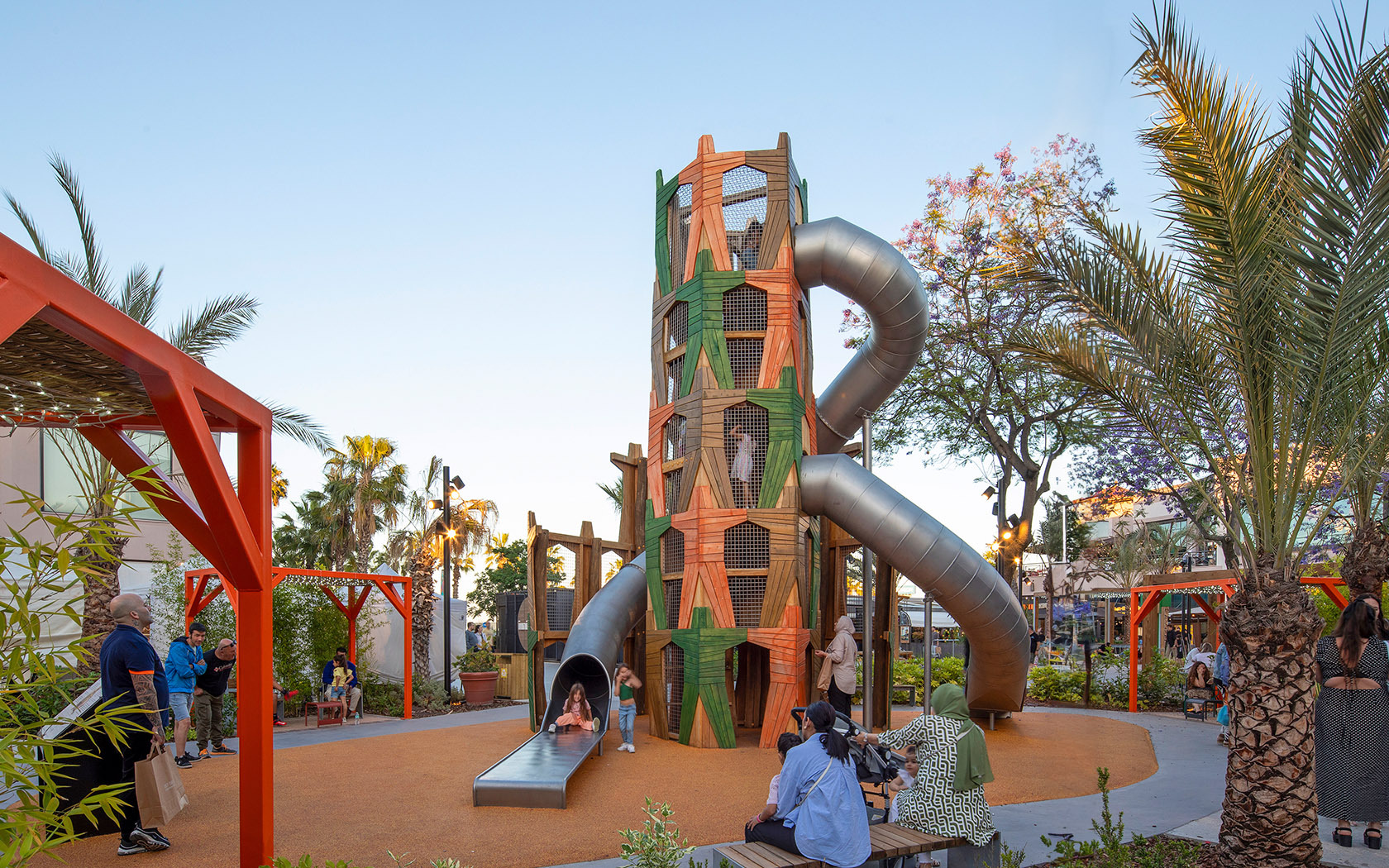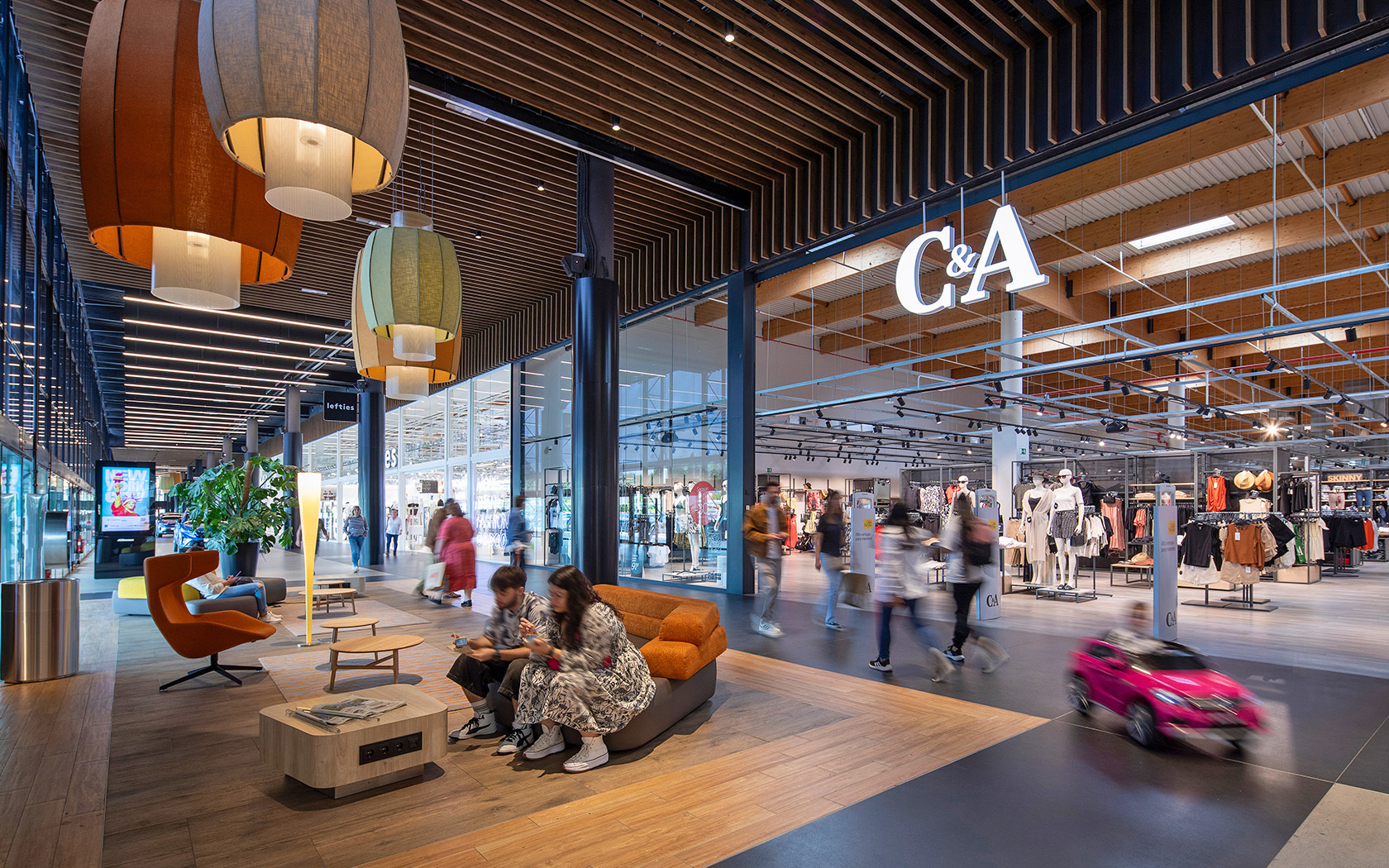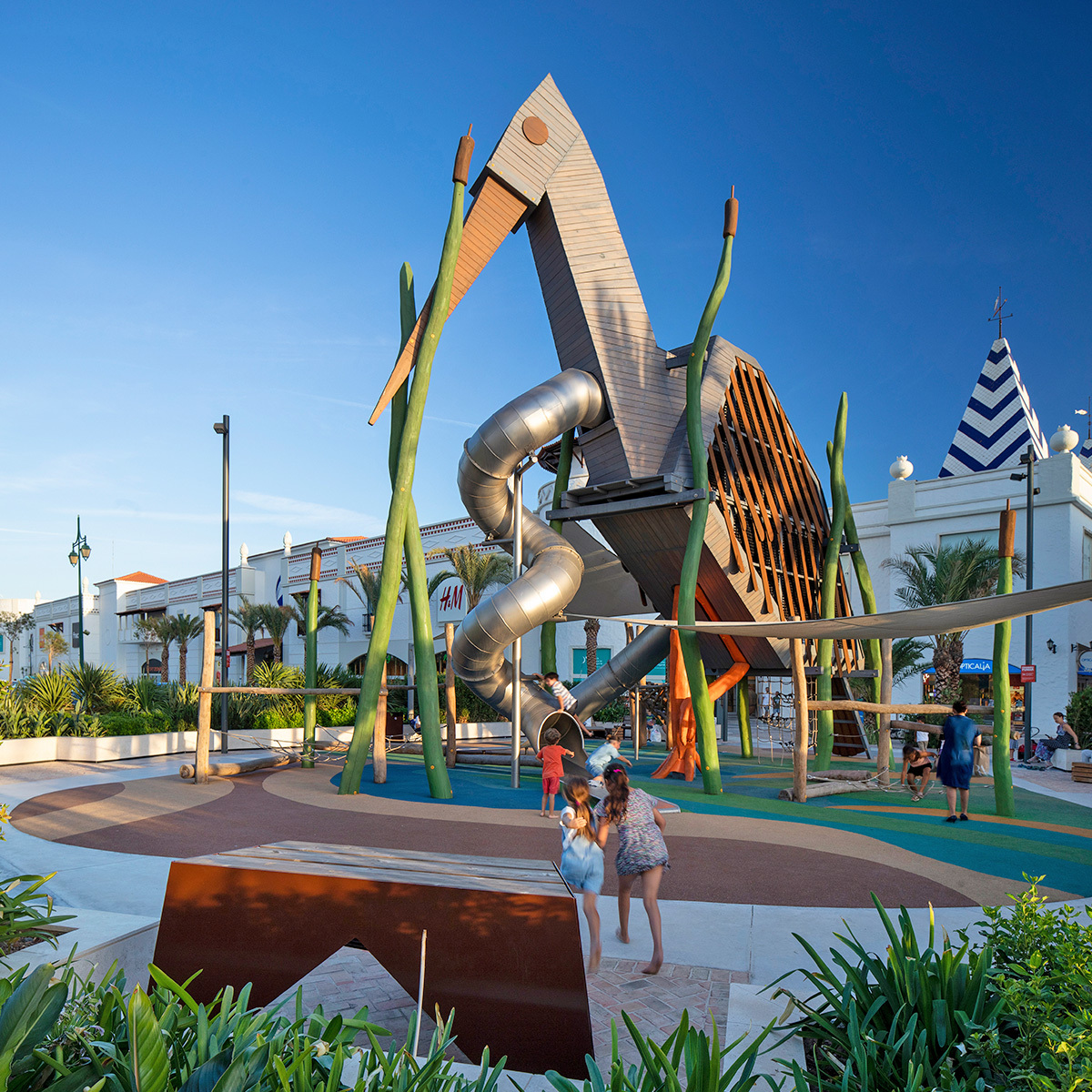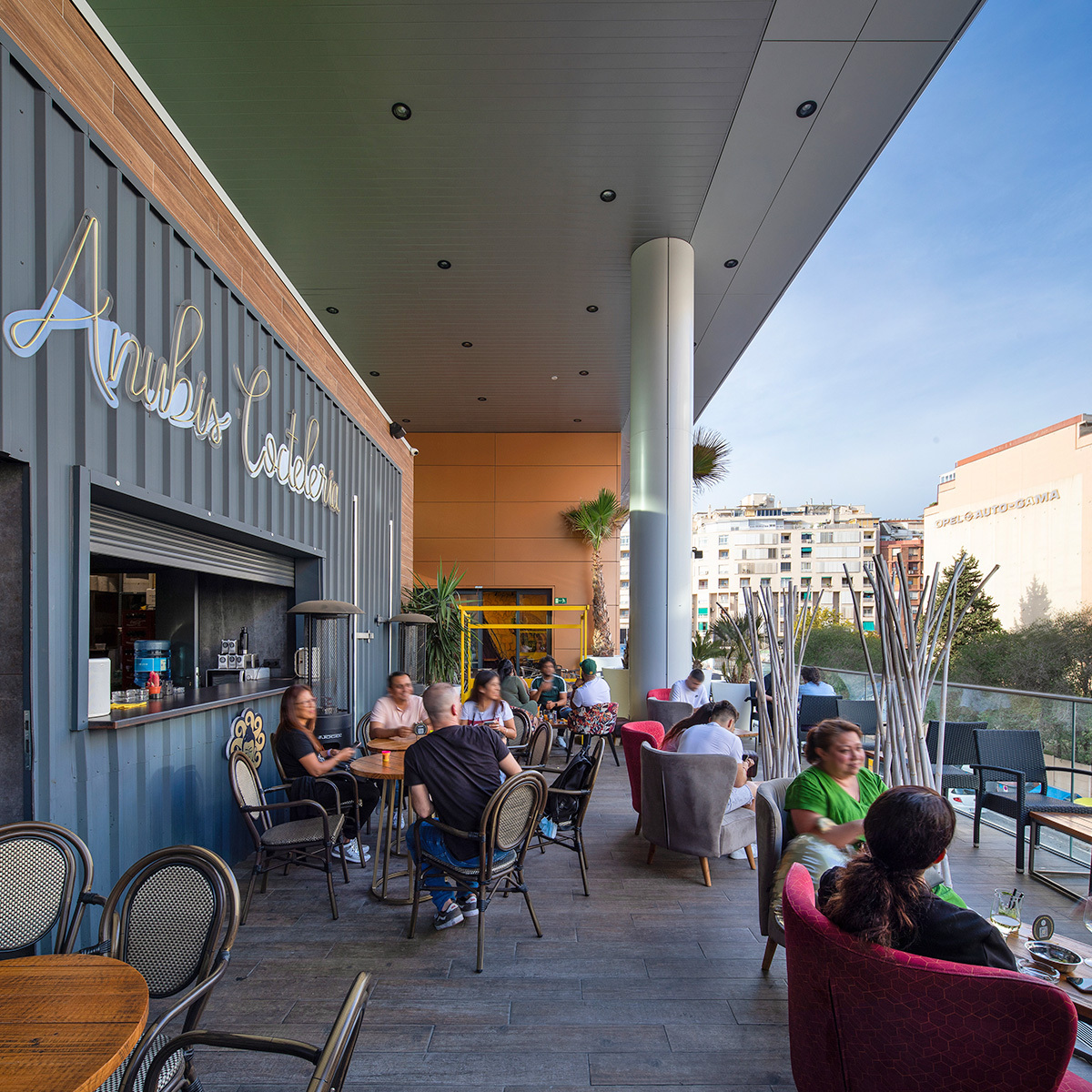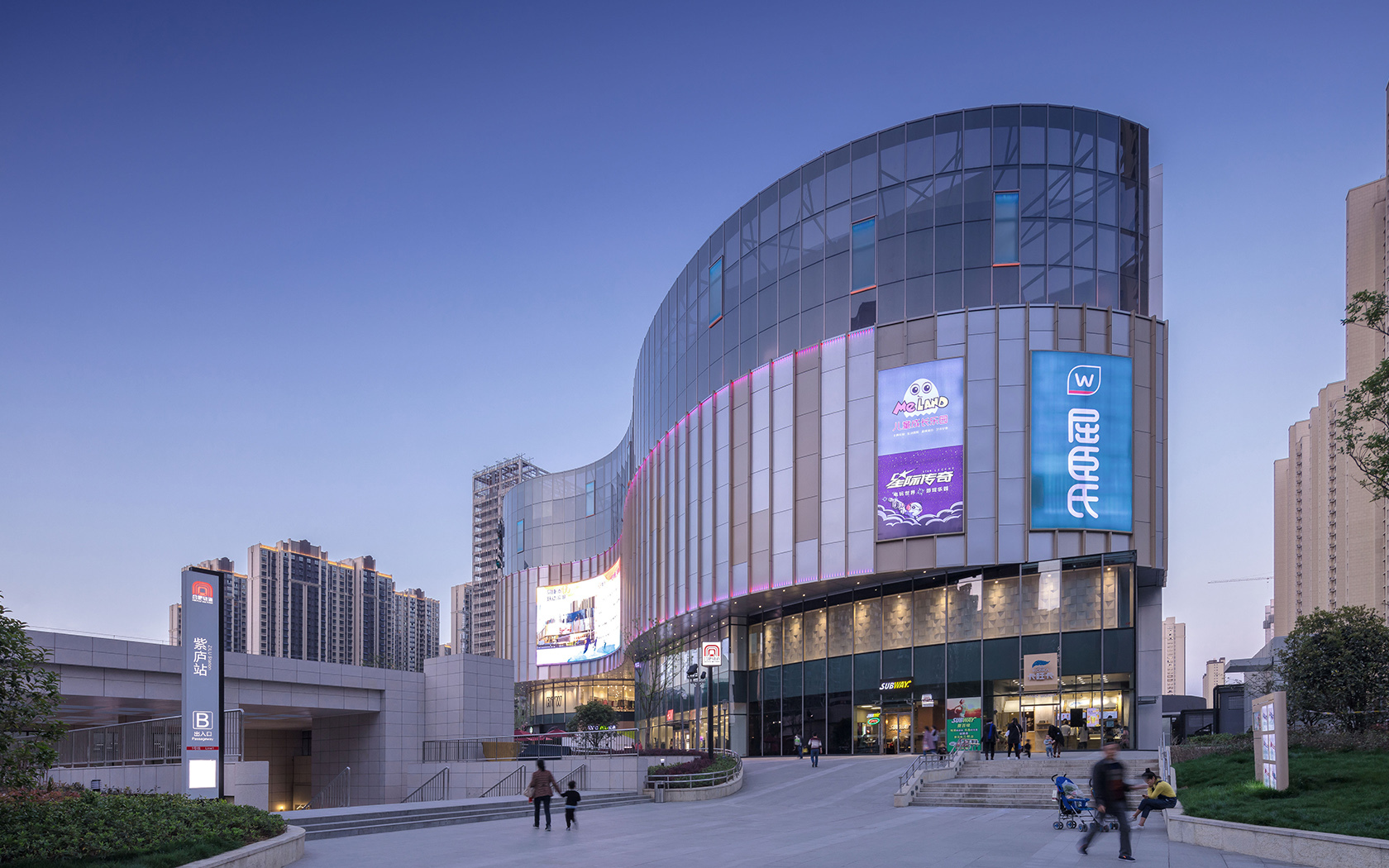One of the key challenges we face as professionals working in retail and shopping centre design is predicting the new trends that will shape our industry. Anticipating these changes allows us to help our clients stay at the forefront of a highly competitive sector that rewards innovation and responsiveness to emerging trends.
People set the direction for retail – and that includes all of us, as we all contribute to its future through our consumption, attitudes and sensibilities.
Six years ago, I wrote the article Retail 2040, exploring the future of the sector. It was a pre-pandemic period, shaped by environmental concerns but marked by confidence in new technological solutions, the widespread digitalisation of human activities, and the positive side of globalisation as a force for commercial integration and expansion.
Today, the landscape has completely changed. The pandemic revealed an unexpected level of vulnerability, affecting us individually and as a society, and it has shifted our sensitivities as consumers. This sense of vulnerability has heightened our appreciation for physical health, self-care and diet. Enclosed spaces with large crowds now evoke a sense of unease that was once unimaginable, while open spaces are increasingly valued. In our pursuit of a higher quality of life, proximity has become more desirable, and long daily car commutes face greater scrutiny. There is a clear trend toward individualisation, personalisation and a focus on well-being across all aspects of life.
